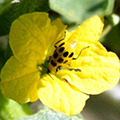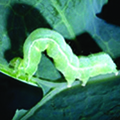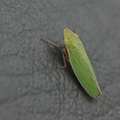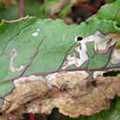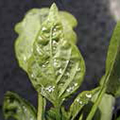DIY Spray for Virtually All Pests
Credit for this formula goes to Rodale’s Organic Life. It’s effective for most garden pests and may even help deter rodents and deer. Plus, you likely already have the ingredients.
Here’s how to make it:
Chop, grind or liquefy 1 garlic bulb and 1 small onion.
Add 1 teaspoon of powdered cayenne pepper, 1 quart of water, and mix.
Steep 1 hour, then strain through cheesecloth, and add 1 tablespoon of liquid dish soap (such as pure castile liquid soap — not dishwashing detergent) to the strained liquid; mix well.
To avoid skin and eye irritation, wear rubber gloves and keep the mixture away from your eyes and nose when preparing and applying it. Refrigerate any remaining spray for up to 1 week in a covered container.
Insecticidal Soap + Neem Oil Spray for Most Insects
This powerful combination is widely used among organic gardeners for aphids, mites, thrips, whiteflies and other small, soft-bodied insects.
Hat tip to Future Growing, LLC for the following ratio:
1 tablespoon of insecticidal soap
1 tablespoon of neem oil
1 gallon of water
After spraying, discard any remaining mixture and clean your applicator.
Bacillus Thuringiensis Spray for Caterpillars
Bacillus thuringiensis (Thuricide) is the “go-to” natural spray for caterpillars. You can pick some up online or in your local garden center. Mix and apply it according to the product label directions.
Tower Tip: If you shop for a pest control solution at a local garden center, keep in mind that organic-approved sprays will feature the OMRI seal of approval.


